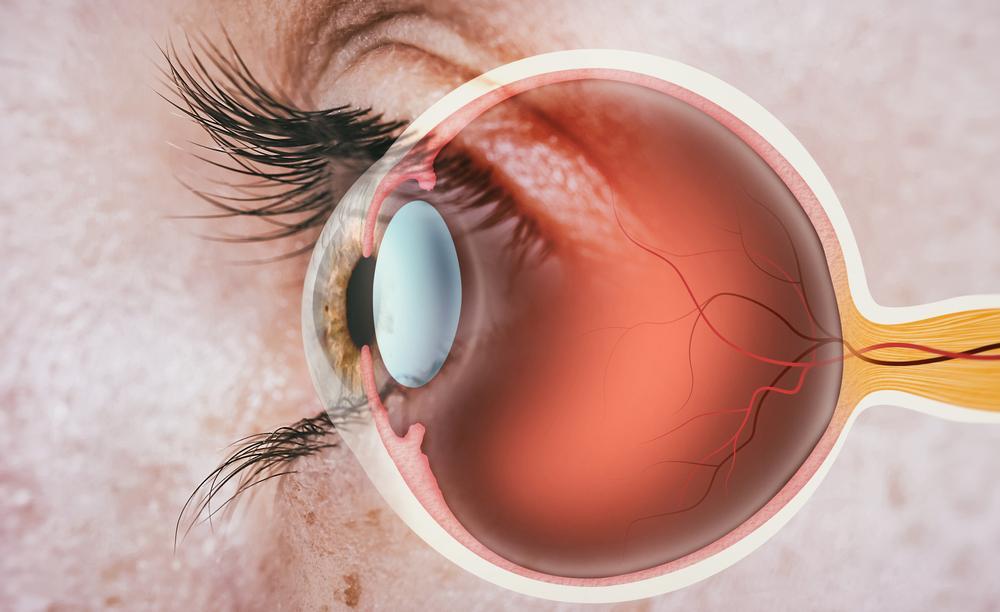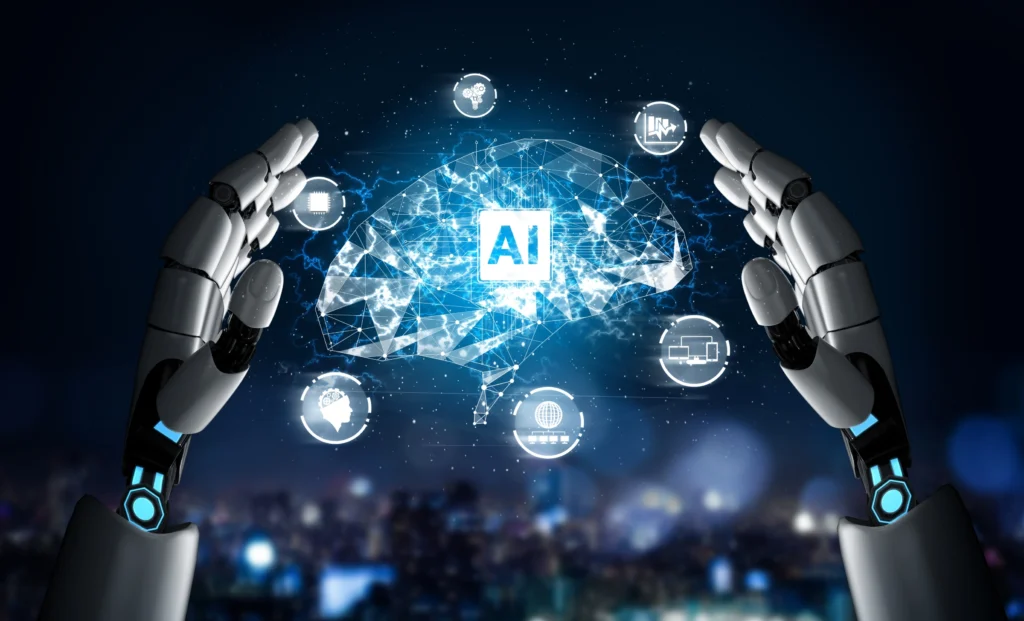Eyes are windows to your health
The only human organ that allows non-invasive observation of microvasculature and parts of central nervous system
The Human Eye
Human eye is a wonderful organ. It is the only part of the human body where one can observe microvasculature (small blood vessels) and the optic nerve, a part of the central nervous system, in a completely non-invasive manner without making any incisions.


Retinal Photographs
Photographs of the retina, the vision sensitive region at the back of the eye, can help doctors see both the microvasculature and the optic nerve head in detail allowing them to make a diagnosis of not only vision threatening eye disorders such as diabetic retinopathy (DR), age-related macular degeneration (AMD), and glaucoma, but also of life threatening systemic disorders like risk for hypertension, stroke, cardiovascular diseases, and neurological disorders like mild cognitive impairment (MCI) and even Alzheimer’s disease.
Artificial Intelligence
Recent advancements in machine learning and computer vision have empowered AI-based software to analyze millions of retinal images, achieving high accuracy in disease detection, often surpassing human performance.
Clinical studies are validating the safety and effectiveness of AI, such as Airdoc’s technology, in identifying vision-threatening conditions like diabetic retinopathy (DR), age-related macular degeneration (AMD), and glaucoma. AI is also assessing risks for systemic conditions like hypertension, stroke, and cardiovascular diseases, and detecting early signs of neurological disorders like mild cognitive impairment (MCI) and Alzheimer’s through retinal photographs.
In the future, AI-driven eye screening will enhance accessibility, enable large-scale population screenings, and significantly reduce the cost of screenings.

